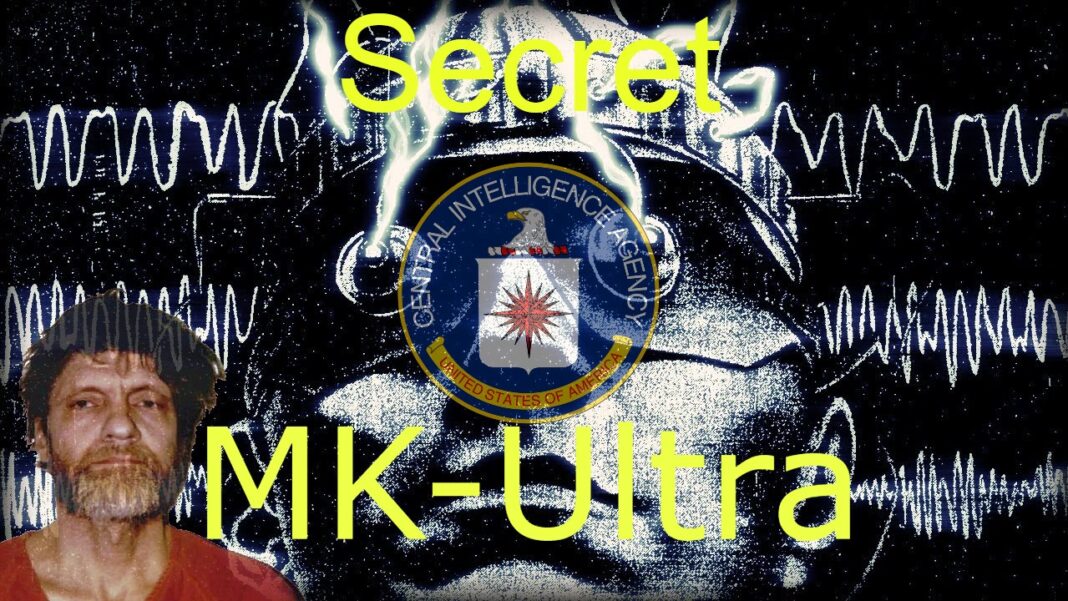In the annals of history, there’s a chilling, disturbing tale of a covert operation that’s laced with secrecy, deception, and human exploitation. This story revolves around Project MKULTRA, the Central Intelligence Agency’s (CIA) clandestine mind control program. This eerie program made use of LSD and hypnosis techniques to brainwash individuals, transforming them into pawns to be used for their ulterior motives.
Among its unwilling participants was Theodore Kaczynski, better known as the infamous Unabomber, who was subject to a cruel experiment led by the enigmatic Henry Murray at Harvard.

The landscape of science has been marred by numerous ethical transgressions, often exploiting vulnerable populations. The Tuskegee Syphilis study, the Willowbrook Hepatitis studies, and the Jewish Chronic Disease Hospital Studies are but a few disheartening examples of gross ethical misconduct.
These glaring breaches of trust and ethics led to the establishment of the Institutional Review Board System, rooted in the principles of the 1974 Belmont Report, aimed to protect the rights and well-being of research subjects.
MKULTRA: A Sinister Page in US Government History
In the mid-20th century, unsettling reports of chemical use for brainwashing and interrogations in the Soviet Union and the People’s Republic of China prompted the CIA to respond with a series of programs, including the notorious MKULTRA. From 1953-1964, the U.S. government, in its covert style, carried out behavioral modification research on unsuspecting citizens, testing hypnosis and LSD for covert operations.
Also Read: A New World Order Unveiled: The Shocking Revelations of the World Economic Forum’s Secret Plan to Control Humanity!
Hypnosis, an attention-focusing procedure, comprises an induction stage, where a person’s attention becomes intensely focused, and a suggestion stage, wherein the person becomes receptive to the hypnotist’s suggestions.
However, contrary to popular belief, evidence indicates that individuals under hypnosis will not comply with suggestions against their will. Still, susceptibility to hypnosis varies among individuals, a fact that was taken advantage of in the CIA’s PROJECT ARTICHOKE, which used sodium pentothal and hypnosis in a quest for more effective interrogation techniques.
The Grim Reality of MKULTRA
The MKULTRA program, a nexus of 162 clandestine projects at 80 institutions involving 185 researchers, was shrouded in secrecy. Most of its records were annihilated on CIA Director Richard Helms‘ orders in 1973.
However, some slipped through the cracks and were discovered in 1977. The program was meticulously orchestrated to fund behavioral research related to brainwashing covertly, avoiding the public eye and ethical questions from the scientific community.

A recurring theme in these studies was the glaring absence of informed consent and appropriate ethical oversight. For instance, Ewen Cameron attempted to erase memories by repeatedly administering electro-shock treatments and LSD to his patients in Montreal, subjecting them to months of horrific exploitation.
Other studies involved prostitutes covertly administering LSD to unsuspecting individuals, the aftermath observed through a two-way mirror. In 1953, Dr. Frank Olson was surreptitiously given LSD by CIA agents, resulting in his untimely demise.

Prisoners, terminally ill patients, and American soldiers were also exploited in some of these studies. The primary goal was to develop a “truth serum” that would facilitate compliance during an interrogation. These experimental programs were designed to assess the potential effects of chemical or biological agents on individuals unaware that they had received a drug.
Also Read: Unearthed Documents Expose the Dark Truth Behind the Bush Family’s Wealth – Discover the Chilling Connection to Hitler’s Rise to Power!
The Unabomber’s Connection to MKULTRA
One particularly disturbing chapter in this saga was led by Henry A. Murray, a professor at Harvard University. Murray, a former employee of the CIA’s predecessor, the Office of Strategic Services, during World War II, was no stranger to controversial studies.
His most infamous experiment was a series of intense mock interrogations on Harvard undergraduates, designed to push them to their psychological breaking points. One of the subjects of this study was Theodore Kaczynski, who later morphed into the infamous Unabomber.

The relentless years of psychological torment that Kaczynski endured in this study could arguably have been the catalyst for his future actions.
A Haunting Legacy
The chilling legacy of Project MKULTRA has seeped into popular culture, fueling fear and suspicion of government-led psychological manipulation. This fear was best captured in Richard Condon‘s 1959 book, “The Manchurian Candidate,” and echoed in numerous movies that followed the 1977 Senate hearings, such as “The Secret of NIMH” and “Project X.” Even in contemporary media, characters like the Screenslaver in 2018’s “Incredibles 2” reflect lingering anxieties about hypnotic exploitation.

The MKULTRA program, with its gross violation of human rights and its lasting impact on public perception of government and scientific research, serves as a stark reminder of the potential for misuse of power under the guise of national security.
It underscores the importance of stringent ethical oversight in scientific research to ensure that such egregious violations of human dignity and rights are never repeated.
The ghost of MKULTRA continues to haunt us, acting as a potent reminder of the depths to which we can sink in the name of science and national security.




